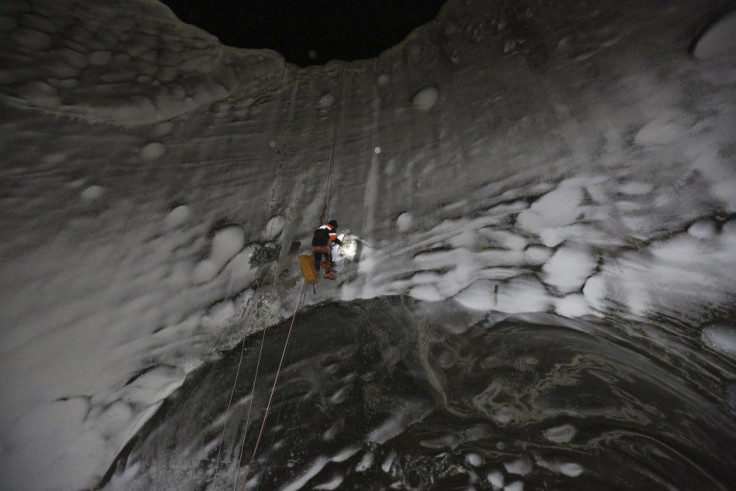Russia Pushes Arctic Militarisation; To Get New Aircraft, Helos As It Launches Strategic Command In The Region

Russia will be going on a shopping spree for new aircraft and helos to reinforce the Strategic Command it recently launched in the Arctic region.
ITAR-TASS, quoting Col. Igor Klimov, spokesman for the Russian Air Force, said President Vladimir Putin has approved the plan to purchase Sukhoi Su-34 bombers, Su-30SM and Su-35S fighters, Kamov Ka-52, Ka-226, Mil Mi-8AMTSh, Mi-28N and Mi-35 helos, Yakovlev Yak-130 advanced jet trainers, as well as Ilyushin Il-76MD-90 transport aircraft. It is believed all these military air carriers will be used for the Arctic Strategic Command. Klimov added equipment to boost the command's surveillance capacity will also be purchased, including new Nebo-M, Gamma and Sopka radars.
Admiral Vladimir Korolev, Russian Northern Fleet Commander, in a report by IHS Jane's Defence Weekly, said the Arctic Strategic Command will acquire all military, naval surface and strategic nuclear subsurface, air force and aerospace defence units, assets, and bases from the country's Western, Central, and Southern Military Districts.
The new Northern Command is just part of Russia's growing naval presence in the Arctic. In 2013, the New Siberian Islands witnessed the arrival of the country's nuclear-powered missile cruiser, Peter the Great, along with 10 warships and four nuclear-powered ice breakers.
Mark Galeotti, an NYU professor specializing in global affairs and Russian and Slavic studies, described in Moscow Times the icebreaker fleet is an "ice-power" asset because it is the "world's largest and includes the massive nuclear-powered vessel 50 Years of Victory."
Mr. Putin in April said the Arctic is a sphere of "special interest" because it is a "concentration" of practically all aspects of the country's national security, including military, political, economic, technological as well as environmental. The Northern Fleet is essentially Russia's main striking force in the Arctic region.
The Arctic region is currently divided between Canada, Denmark, Finland, Iceland, Norway, Russia, Sweden, and the U.S. The centre of the Arctic Ocean, however, is classified as international waters and is not within any country's control.
Russia has admitted it is facing recession in 2015, no thanks to the economic sanctions it received from its involvement in the Ukraine crisis. As such, the country is expected to develop new opportunities for growth. It has made strategic tie-ups with other nations such as China, as well as the aggressive expansion into the Arctic, which according to Galeotti, directly or indirectly accounts for 20 percent of Russia's GDP.
ITAR-TASS reported that Lt. Gen. Mikhail Mizintsev, chief of the Russian National Defense Center, in October said the country is planning to construct 13 airfields, one aviation training ground as well as 10 technical radars and air guidance stations in the Arctic region.
Apart from the militarization, Russia has likewise sought to expand its hold in the Arctic region through diplomatic means. In October, it filed an application before the United Nations seeking to expand its Arctic borders by 1.2 million square kilometres.
Data from the U.S. Geological Survey said the Arctic region holds 30 percent of the world's undiscovered natural gas, 20 percent its liquefied natural gas, along with 15 percent of oil. Russia wants to have the first dibs into such massive energy riches.






